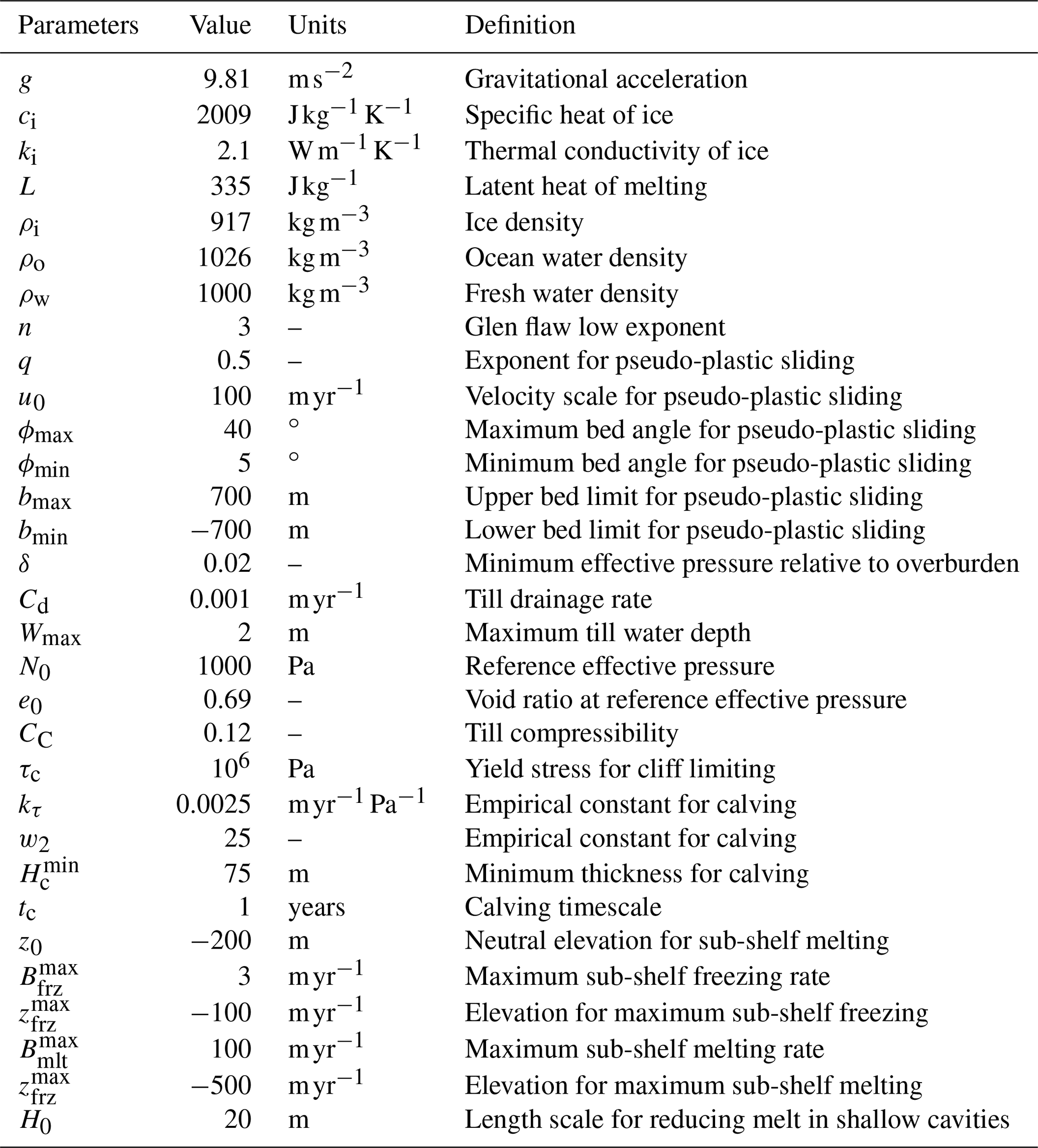

1), sound leakage from C to B must be prevented using a dedicated sound gating mechanism. For example, in an asymmetric network C → A ↔ B in which animal B shall hear animal A but not animal C (Fig. The main technical challenge inherent to such a communication system is to prevent transitive sound propagation in serially connected chambers. To offer controllability of the auditory scene akin to playback systems, the auditory link between any pair of animals can be programmatically enabled or blocked in each direction independently (Fig. The system we present allows flexible control of the communication network among up to four animals housed in separate, electronically connected sound-isolation chambers. We propose a new approach to studies of vocal communication in a naturalistic setting, which consists of connecting live animals via programmable auditory channels. For example, juvenile zebra finches learn better from live tutors than from interactive vocal playback 15, indicating that some aspects of natural communication are hard to mimic using playback. However, in other studies, an attenuated 5 or enhanced response to video stimuli was reported 10, suggesting that interactions among animals may exhibit dynamics that are hard to mimic using pure sound and video playback. In some cases, no qualitative difference was found in the response to live versus video stimuli 3, 11, 13, 14. In songbirds, IPS have been extensively used to study social interactions and influences during developmental song learning 1, 4.

These interactive playback systems (IPS), also referred to as virtual social environments (that simulate social environments) impose artificial exchanges between an animal and a robot or a computer. Moreover, modern playback systems are capable of interacting with animals in a feedback loop 12. Even simple playback systems can mimic a conspecific or heterospecific individual to some degree: male zebra finches and Bengalese finches sing directed song to video presentations of female conspecifics 10, female zebra finches perform courtship displays to videos of male conspecifics 11, and videos of ‘audience’ hens potentiate alarm calls when produced in the presence of a predator model 5. As a result, the complexity of the vocal dynamics grows rapidly with group size, making it difficult to detect and assign the information conveyed to conclude causality.Ī simple technique to study animal communication in a controlled setting is video and audio playback 1, 4, 5, 6, 7, 8, 9. Studies of animal communication remain challenging because the meaning of vocal signals depends not just on their sound features, but also on the behavioral state of animals and the environmental context 1, 2, 3.

The exchange of information using sequences of vocally produced acoustic elements is widespread among animal species.


 0 kommentar(er)
0 kommentar(er)
